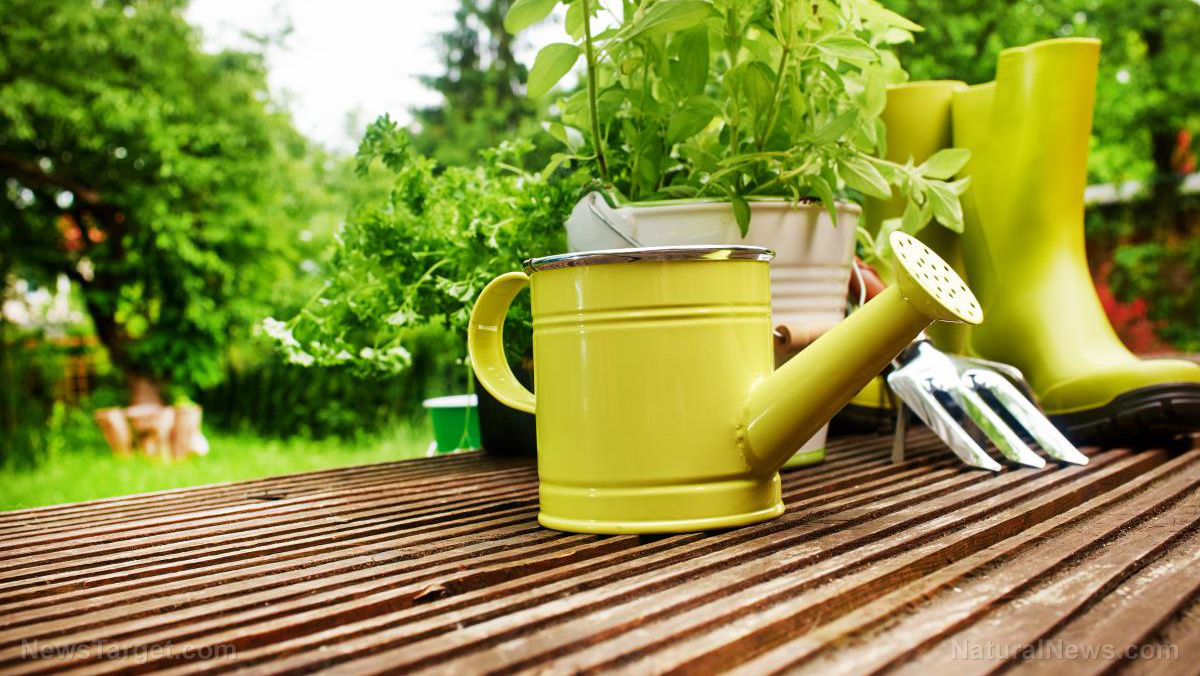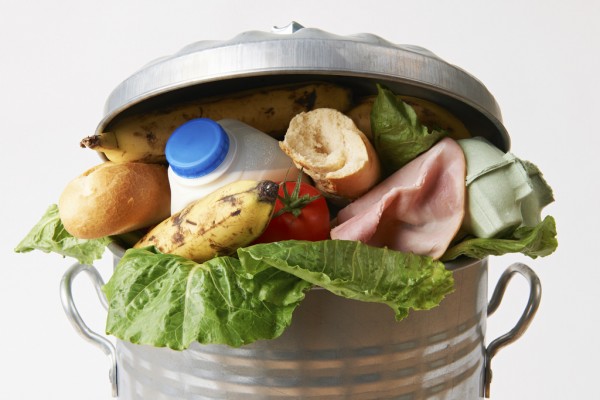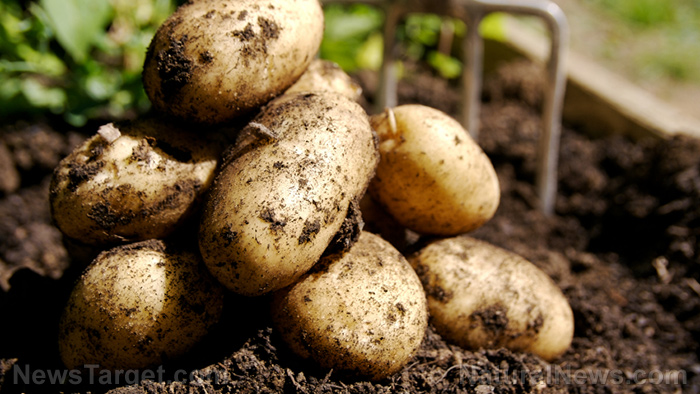There’s nothing like fresh fruits and vegetables grown in your garden. Not only do they taste better, but they’re also safer and healthier for you and your family since they are grown without the use of harmful pesticides or other nasty chemicals. What’s more, growing your own food helps save a lot of money and reduces your carbon footprint by cutting down on food miles.
Did you know that many kitchen scraps can be used to regrow fruits, vegetables, herbs, and spices? It is an easy and fun way to recycle. If you have kids, don’t forget to involve them too.
1. Green Onions
Re-growing green onions is as easy as it gets. Place the white root base in a glass with enough water to completely cover the base and place it on a sunny windowsill. You can keep cutting off what you need, and they’ll grow back super fast.
2. Onions
Remove the neck of an old water bottle and cut holes in the side the size of an onion bulb. Next, fill the bottle up with layers of onion sprouts and soil. Water the soil and place on a windowsill.
3. Carrots
You can easily grow carrots from carrot tops. Cut the tops off a carrot and pierce a toothpick in either side of the carrot stump. Balance the toothpicks on the edge of a glass of water, allowing the water just to touch the bottom of the carrot. After a few days, roots and small shoots will appear.
4. Celery
To regrow celery from the base, chop off the celery stalks and rinse the base with water. Then place the base in a bowl of warm water, the base side facing down. Every couple of days, change the water and keep the top of the base moist with a spray bottle. New leaves will emerge from the center.
5. Sweet potatoes
About 25 pounds of sweet potatoes can be grown in a bucket, starting from just one sprouted, organic sweet potato. Click here for a full tutorial.
6. Leeks
Place the cut-off base with roots in a glass of water and put on a sunny windowsill. Replace the water occasionally and watch them grow.
7. Bok Choy
Just as celery, bok choy will start to sprout from the cut off base. Add the base to a bowl of warm water, and you will see new shoots emerge after just one day.
8. Avocado
Thoroughly wash the avocado seed with water. Use three toothpicks to rest it in on the edge of a glass filled with water, submerging the seed about halfway. Change the water every day and place the glass in a sunny spot. After a while, a root will start to grow, and the pit will split. A stem will shoot up, and the leaves will start to grow. This process can take up to 6 weeks.
9. Ginger
Buy a piece of fresh ginger that has a few eye buds. Soak it overnight in warm water and place it in potting soil with the buds facing up. Cover with a one- to two-inch layer of soil and water well. Place in a warm spot that doesn’t get too much bright sun. When shoots start to pop up, it will take another 3 to 4 months before it is ready for harvest.
10. Basil
Select a few 4-inch stems and strip about 75 percent of all the leaves with a sharp knife. Put the stems in a glass of water and place in a sunny spot. Change the water every other day. Roots will form after a few days.
11. Lemongrass
Put a few stalks in a jar with water. Within a day or two, roots will sprout. Before transplanting them to soil, keep replacing the water until the roots are about 2 inches long.
12. Garlic
One clove of garlic is all you need to grow your own supply of garlic on a windowsill. Click here for a full tutorial.
13. Mint
Strip all the leaves from the stem, leaving just a few at the top. Place the stem in water, making sure it is fully submerged. Change water every week and wait util roots start to form.
Once you get any of these kitchen scraps going, you can simply transfer them to a container with soil or your garden to continue their growth.
Sources include:
NaturalLivingideas.com
FoodRevolution.org





















